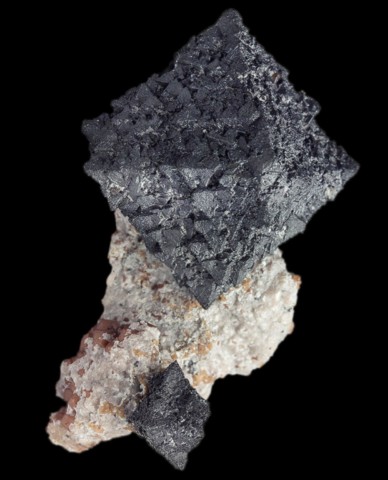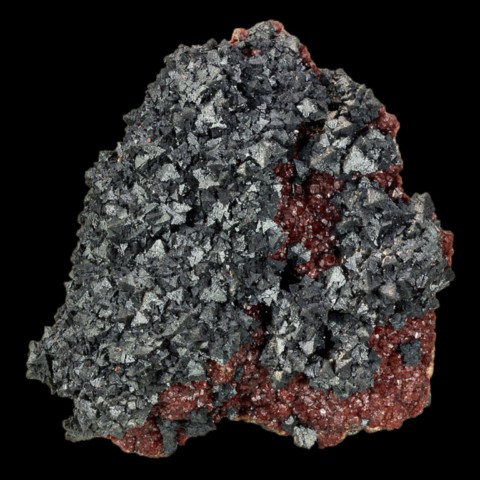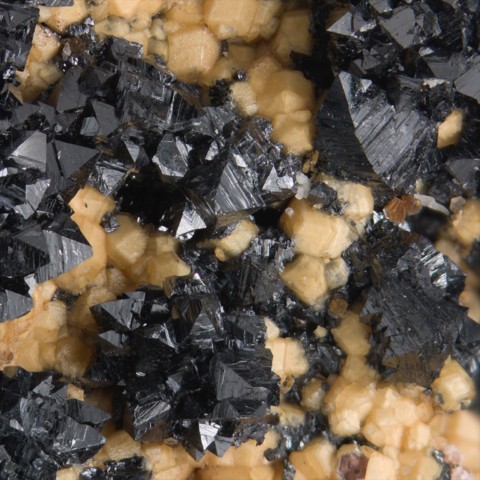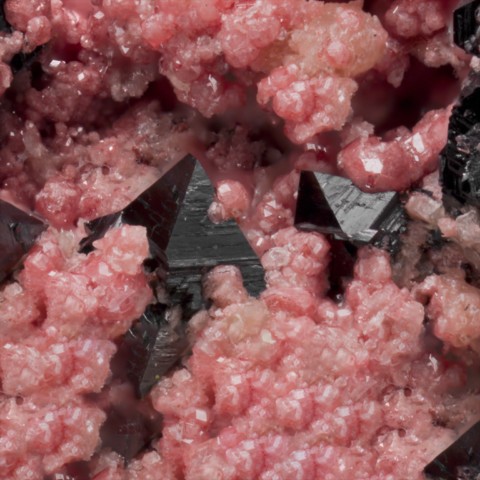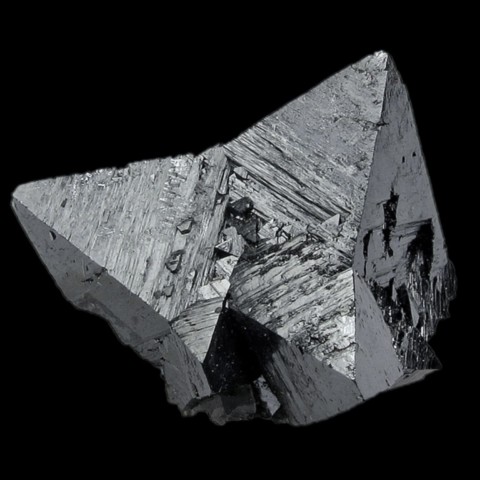 Hausmannite - Encyclopedia
Hausmannite - Encyclopedia
Class : Oxides and hydroxides
Subclass : Oxides
Crystal system : Tetragonal
Chemistry : Mn3O4
Rarity : Quite common
Hausmannite is a mineral typical of high-temperature hydrothermal veins and metamorphic manganese deposits, in which it frequently accompanies braunite. It is also an oxide formed during the diagenesis of hydrated manganese minerals in certain large sedimentary deposits (Nikopol, Ukraine). It was named in honor of Johan Friedrich Ludwig Hausmann, Professor of Mineralogy at the University of Göttingen (Germany) and who studied the definition sample. Hausmannite appears in octahedra, sometimes centimeter-sized with striated faces, sometimes smooth and shiny, with a strong semi-metallic luster, of a brownish black. It also forms massive grainy aggregates. In reflected light, it is easily identified thanks to its constant polysynthetic twins and its scratched appearance. It is a manganese ore.
Main photo : Hausmannite from N'Chwaning II Mine, South Africa © Xiao-Dong Xu
Hausmannite in the World
Twinning
A twinning plane is known on {112} that can produce polysynthetic twins.
Fakes and treatments
No fakes recorded for this mineral species.
Hardness : 5.5
Density : 4.83 to 4.85
Fracture : Irregular
Streak : Brownish black
TP : Opaque
RI : 2.152 to 2.462
Birefringence : 0.310
Optical character : -
Pleochroism : Low
Fluorescence : None
Solubility : Hydrochloric acid
Magnetism : NoneRadioactivity : None

